
Community
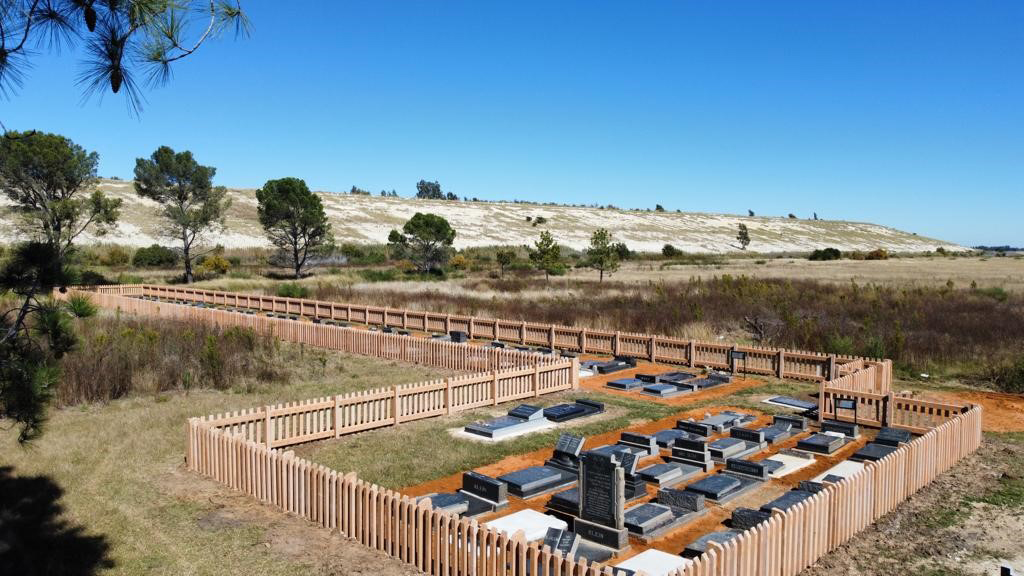
Welkom cemetery walled off to avoid encroachment
Published
2 years agoon
Jewish cemeteries are usually clearly separated from the wider population, but recently, the Small Jewish Communities Association (SJCA) noticed that 15 local people had been buried on land allocated for the Jewish community in Welkom in the Free State.
The community no longer functions, but 120 Jews are buried there, including eight children. The SJCA therefore built a perimeter wall around both the Jewish cemetery and the separate section for Jewish children.
Speaking to the SA Jewish Report from Livingstone, Zambia, where he is upgrading the Jewish museum and cemetery, Rabbi Moshe Silberhaft, the national director and spiritual leader of the SJCA said, “The Jewish cemetery was allocated a site for more than 1 000 graves, but occupies only about 110 graves. Children are in a different section. A couple of months ago, our garden service went to clean up and noticed that there were 15 new graves of locals buried on the boundary of our cemetery. We realised that the only solution to avoid encroachment on our Jewish graves was to put a perimeter wall around them, which we’ve been doing to many of our cemeteries around the country.
“The reason for the wall is to be a demarcation,” he says. “It’s not to keep people out. It’s a 900cm height concrete palisade. It’s see-through, so the police can drive past, and vagrants can’t sleep inside and hide behind a solid wall. The reason we don’t use metal fencing is that metal gets stolen.
“Since the 1950s, the grounds were well-looked after by the local Jewish community. The community was very responsible when it closed, and it left money with the South African Jewish Board of Deputies, which is now with the SJCA, for the maintenance of the cemetery,” says Silberhaft. “We took a decision that we would draw from that money to build the wall around the cemetery. We’ve written the municipality a letter to say that it can have all the unused land for burial.”
Silberhaft says a local man by the name of Werner van Wyk looks after the Jewish cemeteries in Welkom and the neighbouring Odendaalsrus town. “He runs a maintenance company for properties and loves Zion and Jews. Odendaalsrus was also allocated an area of 500 graves, and occupied only about five graves. So, there too, we put walls around the various sections, and he monitors the cemeteries and looks after them. He gets paid from the funds set aside from the community.
“What’s interesting is that he’s going around finding Jews in the town that have drifted away, embraced other religions, and so on. There are very few – not even a handful – but he’s making the effort to try and bring them back to their roots.” He says there’s one Jew left in Welkom, but she doesn’t live there permanently.
Van Wyk says looking after the cemetery has been “life changing, sacred, and spiritual”. It has also led him to “rediscover the history of Welkom and the important role that the Jewish community played in it.”
Silberhaft describes the community as being vibrant at its height of about 45 families. It existed for only half a century. “What’s interesting about Welkom is that it had the shortest lifespan in any South African country community. The first Jews arrived in 1948, as opposed to other country communities in the Free State who arrived in the late 1800s and early 1900s.”
According to the memorial stone at the cemetery recording the community’s history, the first communal seder in Welkom was held at the home of Harold (Smoky) and Myra Simon in 1951. Smoky passed away in March 2022 in Israel, just short of his 102nd birthday. He was one of the founders and architects of the Israeli Air Force (IAF), the chairperson of World Machal for many years, and a successful businessman. Myra had served as a meteorologist in the South African Air Force, and she contributed her skills to the IAF in its early days.
In 1952, the Welkom Hebrew Congregation, Welkom Chevrah Kadisha Benevolent Society, Welkom Union of Jewish Women, and the Women’s Zionist League were all established.
The Welkom Jewish cemetery was consecrated on 21 June 1953 by Rabbi Shalom Coleman, who was the “chief minister of Bloemfontein”. Coleman now lives in Perth and will turn 104 in December 2022. He was a rabbi in Potchefstroom and Bloemfontein.
The Welkom synagogue and communal hall were consecrated in 1957 by Rabbi Louis Rabinowitz. He was the spiritual leader of the South African Jewish community from 1945 to 1961, professor of Hebrew at the University of the Witwatersrand, and head of the Johannesburg Beth Din. He was also an outspoken critic of the South African government’s apartheid policies. Retiring in 1961, he settled in Israel. In 1976, he was a deputy mayor of Jerusalem.
During its existence, the community also established a ladies guild, Zionist society, a shechita, a Talmud Torah, Hebrew and Tanach classes for adults, a Magen David Adom branch, a Maccabi Goldfields Golf Association, a minister’s residence, a Jewish ex-service league, and a Habonim branch, amongst many other initiatives.
The shul and communal hall were sold in 2011. In 2021, “the time-worn holy scriptures of the Welkom Hebrew Congregation” were buried, according to the memorial stone. “This marks the end of a once prominent and thriving Jewish community that worked towards the betterment of the town and strove to improve the lives of all its residents.”
For now, the memories live on. “I’ll always be grateful that in 1957, my parents relocated [from Joburg] to Welkom. Growing up in a country community was a gift,” says communal leader Moonyeen Castle (nee Green), who now lives in Cape Town.
“There was a growing Jewish community at that time as well as a good number of Jewish children,” she says. “It was decided that I would attend St Agnes Convent which was thought to be a good school. Many of the Jewish boys went to Christian Brothers. Our school went from Sub A to matric, and in each standard there were a small number of Jewish children. Believe it or not, once a week the rabbi was invited to give the girls Jewish religious instruction. I was made head girl in matric, and there were Jewish prefects.
“It was a wonderful sense of freedom – you could ride on your bike everywhere. Socially, we had a good time. There were get-togethers and parties and we would go to the one local cinema and watch movies. We also learned respect for our elders, sometimes from the Afrikaans children who called adults ‘oom’ and ‘tannie’. Our parents were also called ‘auntie’ or ‘uncle’ as a sign of respect.”
On Facebook, many former residents who have relatives buried in the cemetery said they were grateful that their loved ones’ final resting places were being looked after.
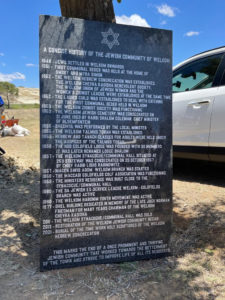





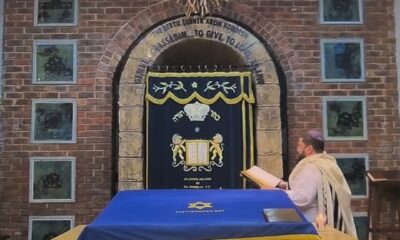

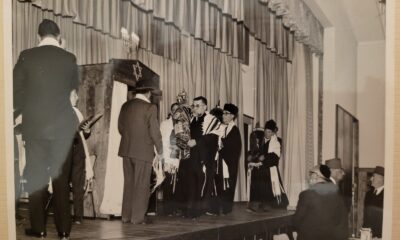

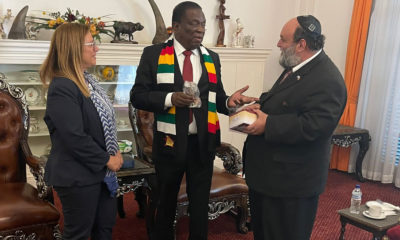

Barb Hampson
Jun 2, 2022 at 6:59 pm
I read this article with interest and wonder if there is an update on the Jewish Cemetery in Barberton, please?